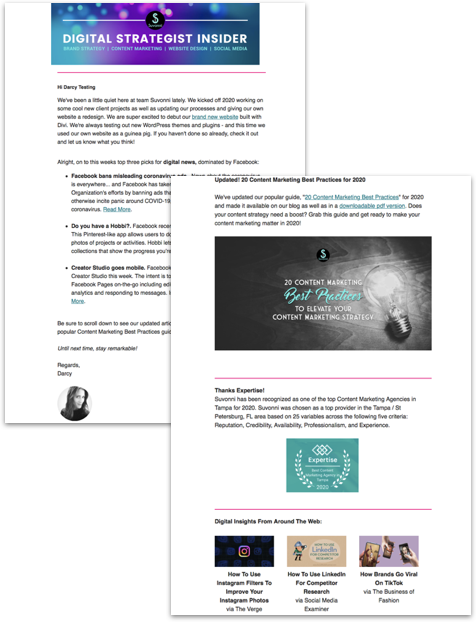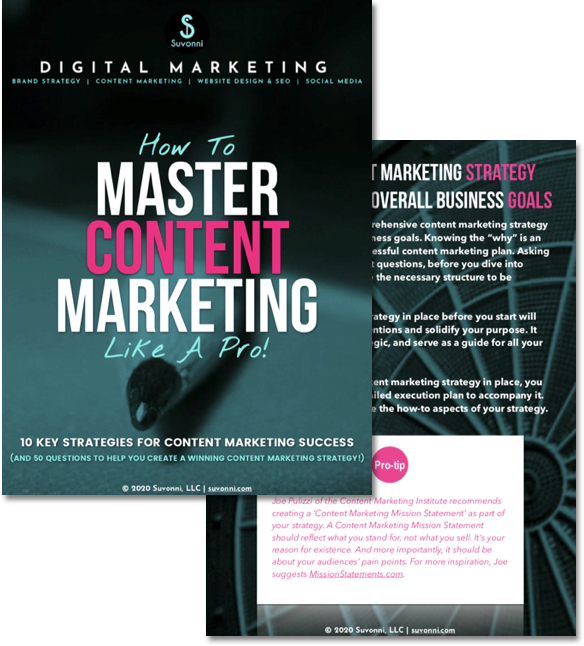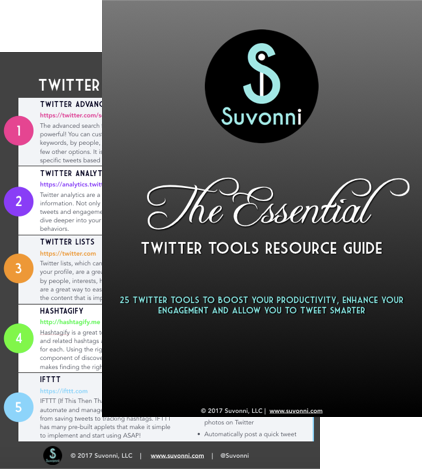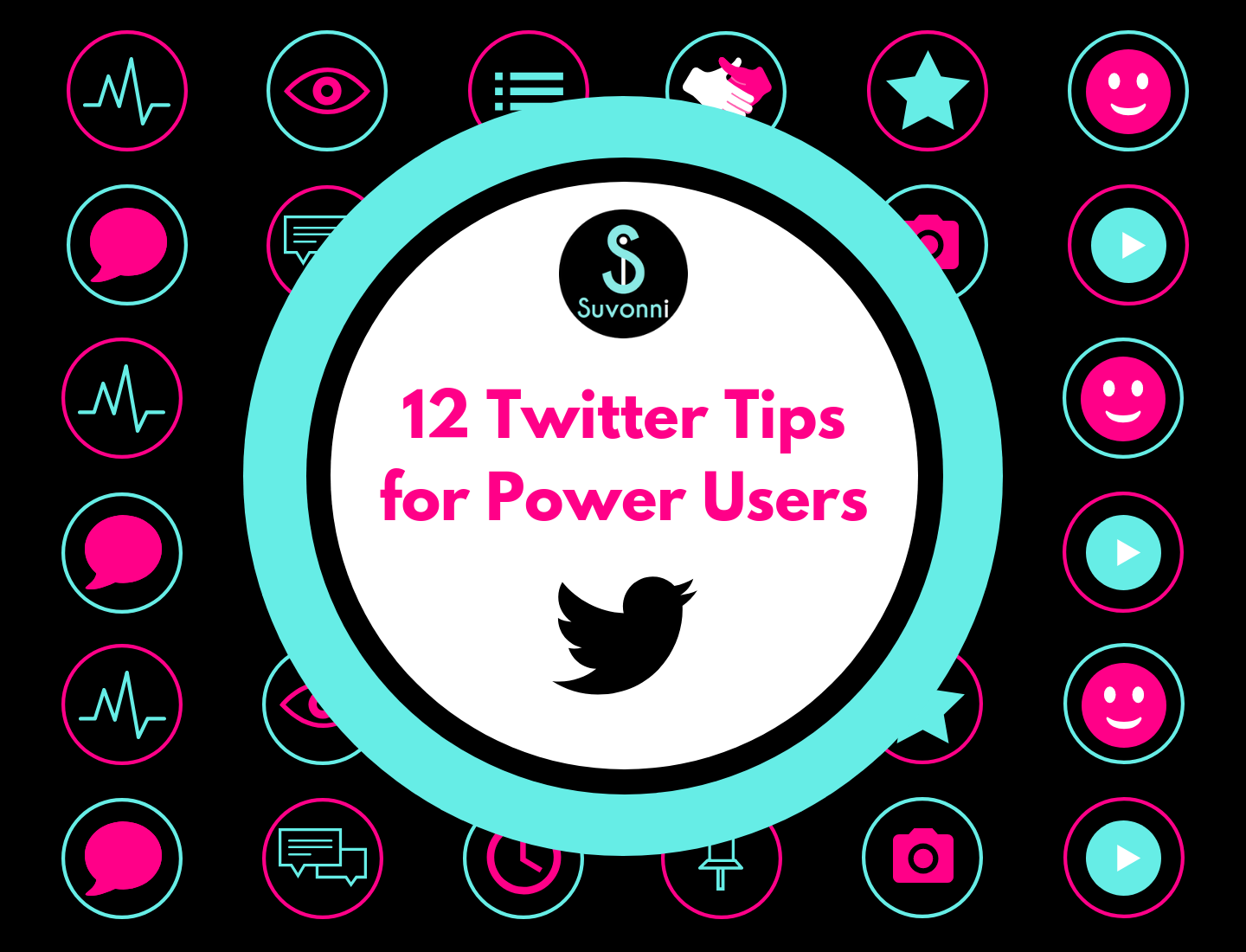5 Key Customer-Centric Strategies To Boost Brand Loyalty
Brand Loyalists. Every company desires them. Some smart companies (think Virgin America, Starbucks, Coke, Target) have figured out a way to attract and retain them. Yet the vast majority of companies don’t seem to have a clue as to how to build brand loyalty. Some companies don’t even try… claiming in this digital world of high competition, deep discounts and easy substitutes, it’s just not an achievable reality.
The truth of the matter is that brand loyalists will forego the discount, drive the extra mile and disregard the competition if they truly derive satisfaction and value from your brand. So how do you build brand loyalty with your customer base?
By following a few essential strategies, building brand loyalty simply can be (read: should be) a part of what your business does everyday.
Strategy 1: Prioritize the customer experience
Hands down there is no other way to develop brand loyalty than by delivering optimal customer experiences… with each and every interaction someone has with your brand. This goes much further than customer service. From the products and services you offer to the content you share via social media… each touch point is an opportunity to influence how your customers feel about your company. A great customer experience cannot be overlooked. Today’s consumers expect outstanding customer service and when a company fails in this aspect, the opportunity to convert a customer into a brand loyalist is lost.
Prioritizing every aspect of your customers journey with your company as your primary goal helps to build better brand loyalty. You create a pool of customers who adore your brand, and in return they come back to you time and time again. Even more important, they influence those around them to love your brand too. Social proof is far more valuable then any advertisement your brand puts out there. It’s viral brand advocacy. So go out of your way to create amazing experiences for your customers… and in return they may go out of their way to return to your brand time and time again.
Strategy 2: Develop a culture of “we the customer”
Developing a culture within your business of “we the customer” helps everyone in your company prioritize the customer experience. With every product, service, engagement or other interaction, the question that should always be asked is “Will our customers find value in this?”. Having your employees think like your customers gets you closer to ensuring that you are delivering optimal customer experiences time and time again. When you prioritize your business around your customers, there also tends to be a shift in profitability. That scares a lot of companies away from a customer-centric mindset. The truth is that while a customer-focused strategy may not immediately yield as high of a return as a profit-focused strategy, in the long run, you develop better relationships with your customers and encourage brand loyalty. Once you have a strong force of brand loyalists, the profitability will exceed that of a strictly numbers based strategy. Everyone knows, it costs tremendously more to acquire a new customer than to serve an existing customer.
Strategy 3: Be likable
Just be likable. Such a simple concept, right? People want to do business with brands that have a human-side. Ensure that your brand has a personality and a consistent voice across the board. Your brand personality should match that of your target audience. It’s human nature, like is attracted to like. Be a brand that someone wants to connect with and be connected to. Your brand can be fun, intriguing, aspirational, sophisticated, giving, etc. All characteristics that might describe your desired brand loyalists. Your brand strategy should incorporate elements of encouraging and fostering this notion of brand likability, from your brand personality to your brand positioning and key messages.
Strategy 4: Ensure quality in everything you do
Everything you do has to be based on the highest quality standards. The quality of your products, services and interactions directly impacts the customer experience. Nothing turns away a customer faster than poor quality. The effect of poor quality has been exacerbated by social media. When a customer has a negative experience with a brand, they share it socially. The viral impact of customer complaints can be detrimental to any business. Ensuring quality in everything you do further drives brand loyalty because consumers want to do business with brands they trust and count on. When something does go wrong, owning it and making the situation right in the public eye helps to keep that level of trust. Your brands honesty, integrity and quality standards should never be compromised. Stay true to that and your customers will stay loyal to you.
Strategy 5: Deliver on your brand promise
Your brand promise sets the expectation for all interactions your customers will have with your products, services, employees and company. When you deliver on your brand promise, you are effectively delivering on value. When you don’t deliver on your brand promise, you are failing your customers. Making your brand promise highly visible, and then ensuring that everything you do helps to deliver on that promise, brings validity to your brand. Customers know what to expect and your company knows how to meet those expectations better than anyone else. Staying true to your brand promise builds stronger relationships with your customers, makes your brand trustworthy, likable and valuable, and delivers experiences that keep customers coming back.
Key Takeaways
As you can see, a common thread is woven into each of these essential strategies for building better brand loyalty. Every one of them involves your customer. They are the lifeblood of your business. They are in the driver’s seat and ultimately decide whether to be loyal to your brand or not. Treat them like gold and in return they will reward you with their brand loyalty.
What essential strategies do you employ to drive brand loyalty? Share your thoughts in the comments below.

Darcy Schuller is the Chief Digital Marketing and Brand Strategist at Suvonni, an innovative boutique digital marketing agency based out of St Petersburg, FL. As a leader in the digital marketing space, Darcy is passionate about helping clients build stronger brands through elevated customer engagement, social media marketing, content marketing and dynamic web experiences. Darcy is a respected marketing thought leader, speaker and consultant.










Trackbacks/Pingbacks